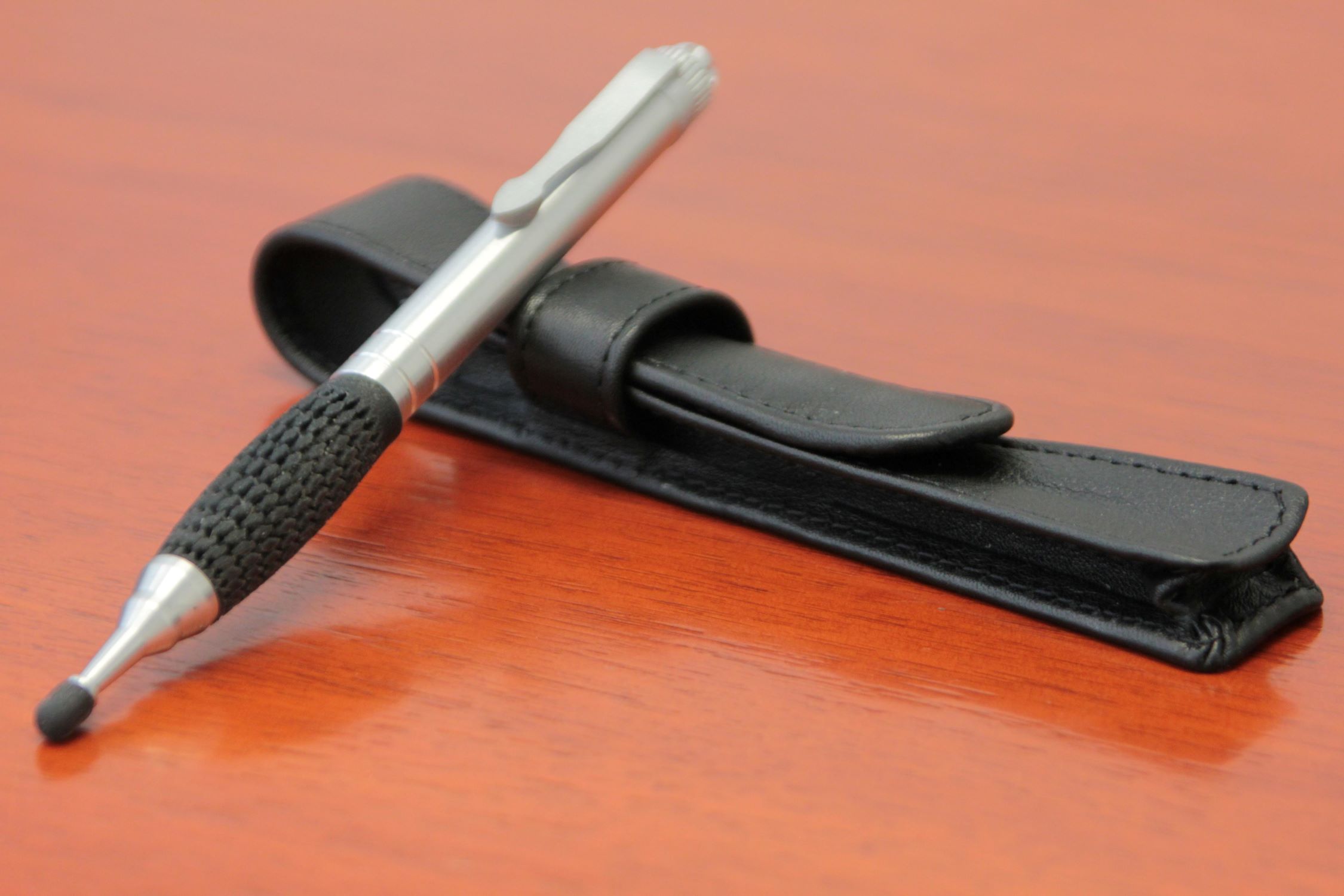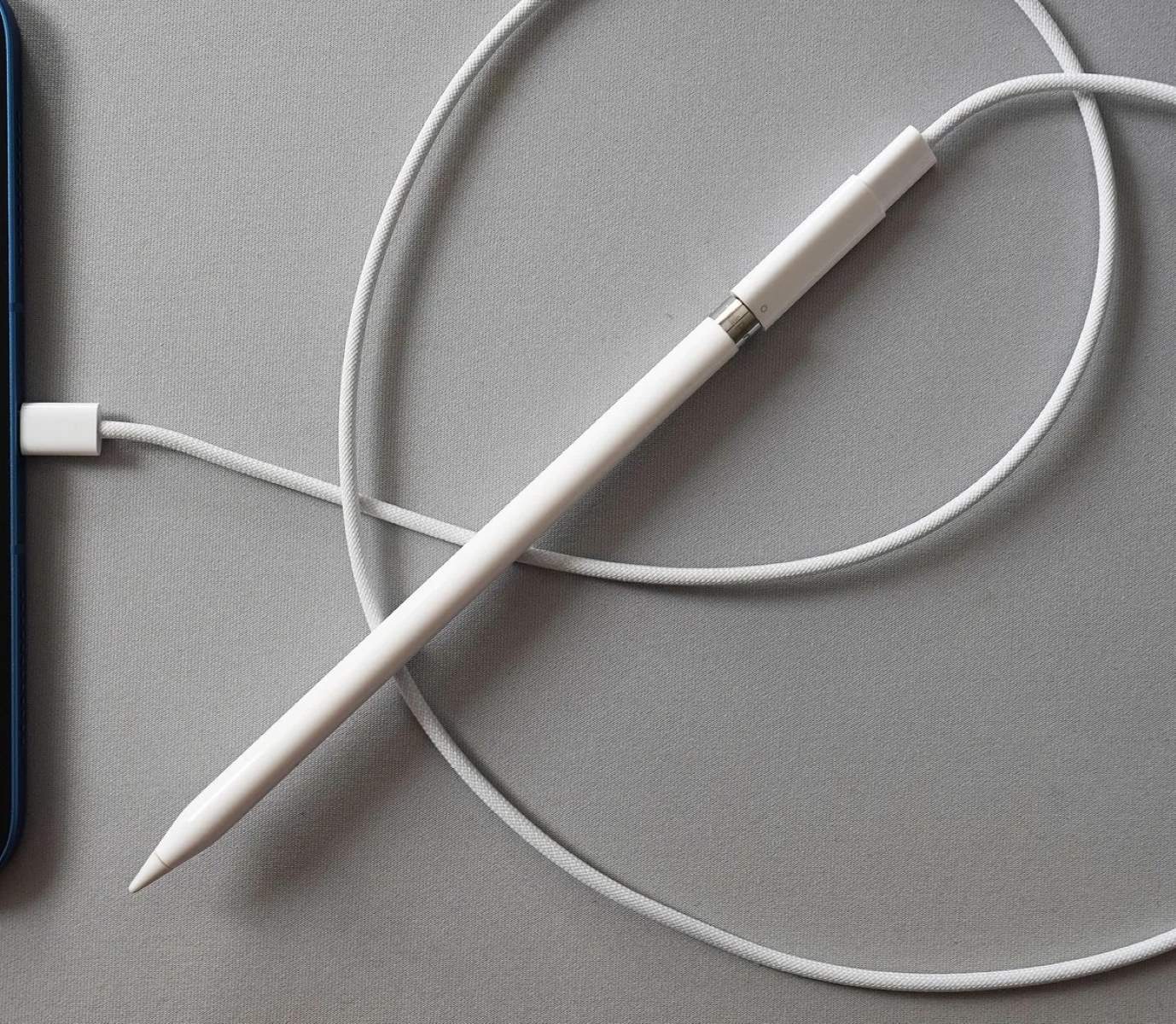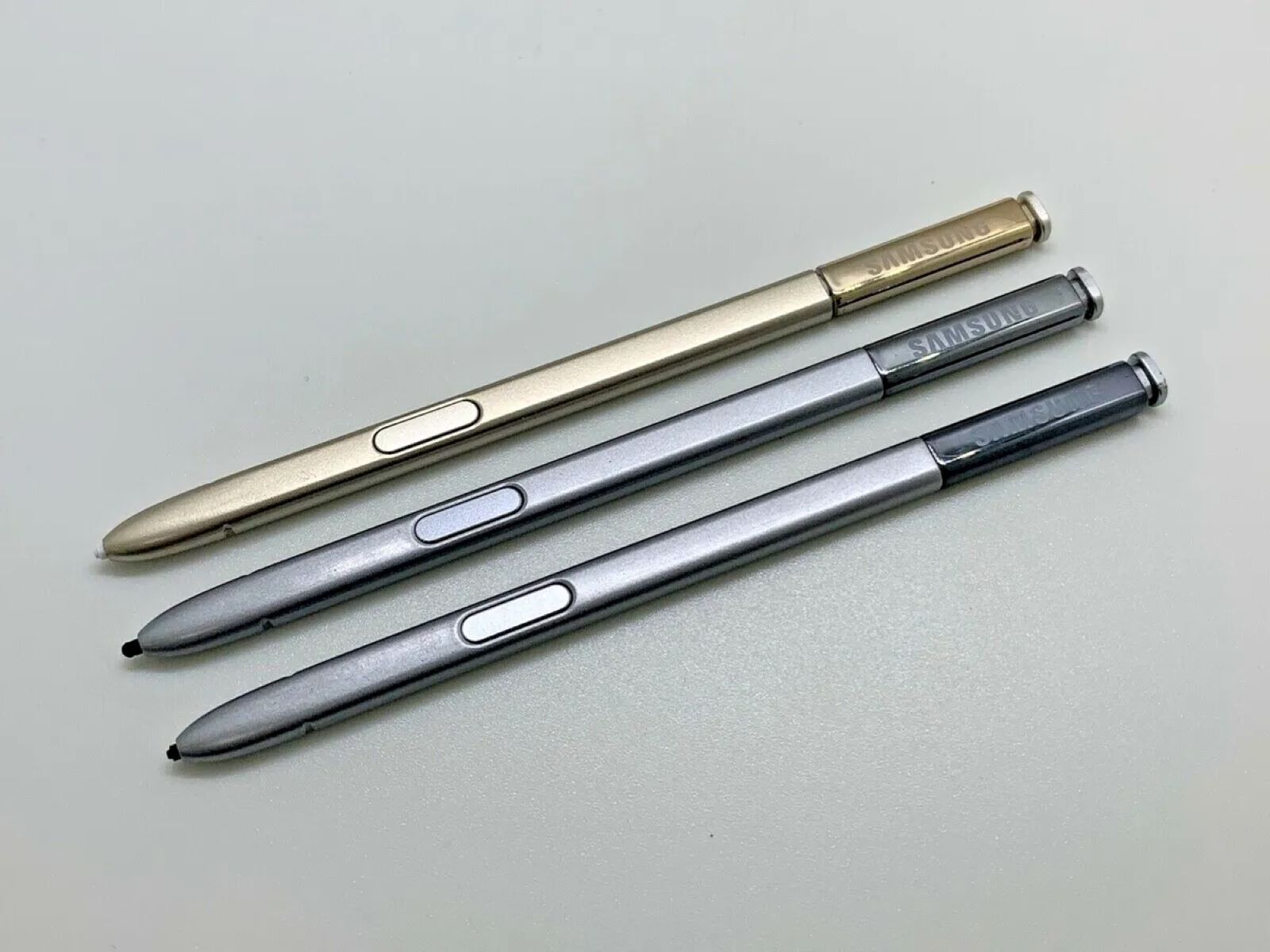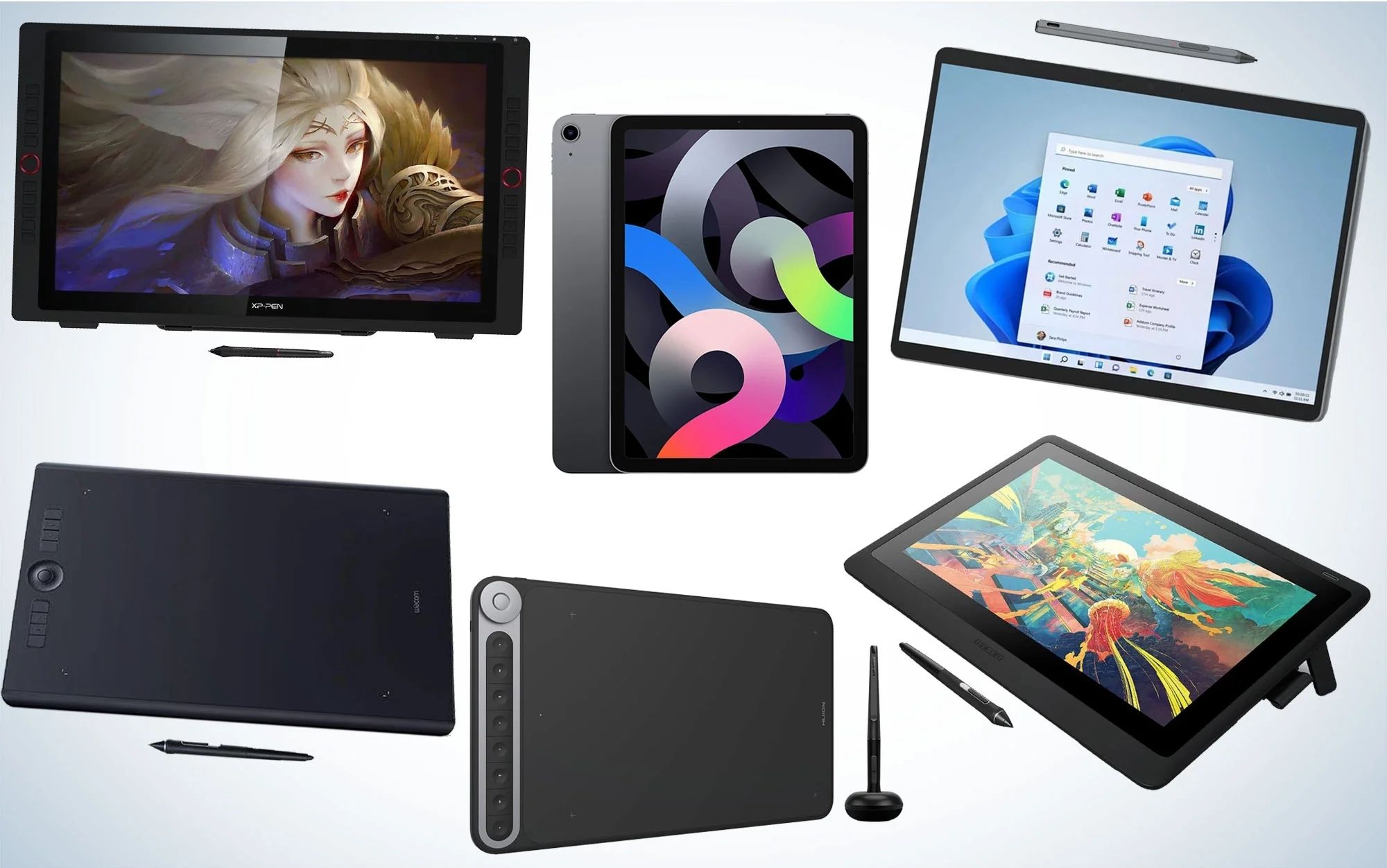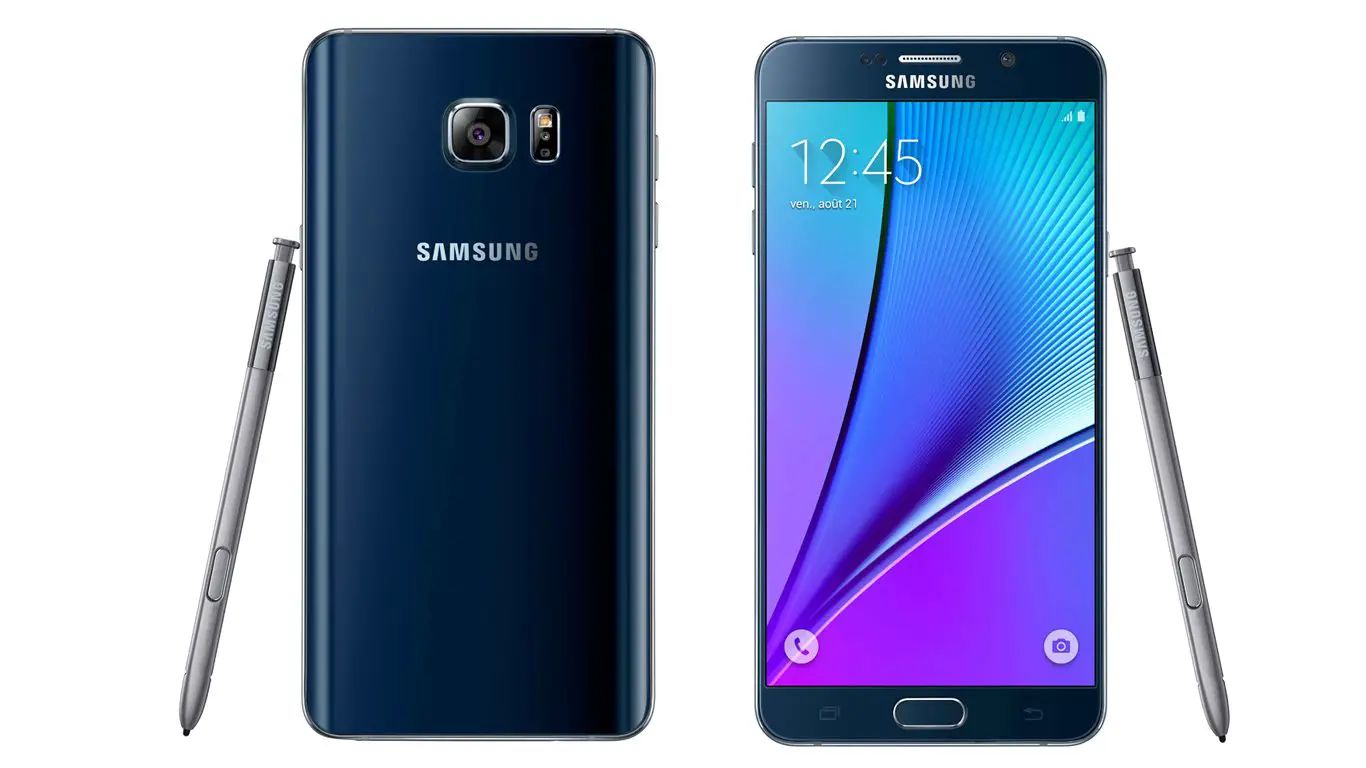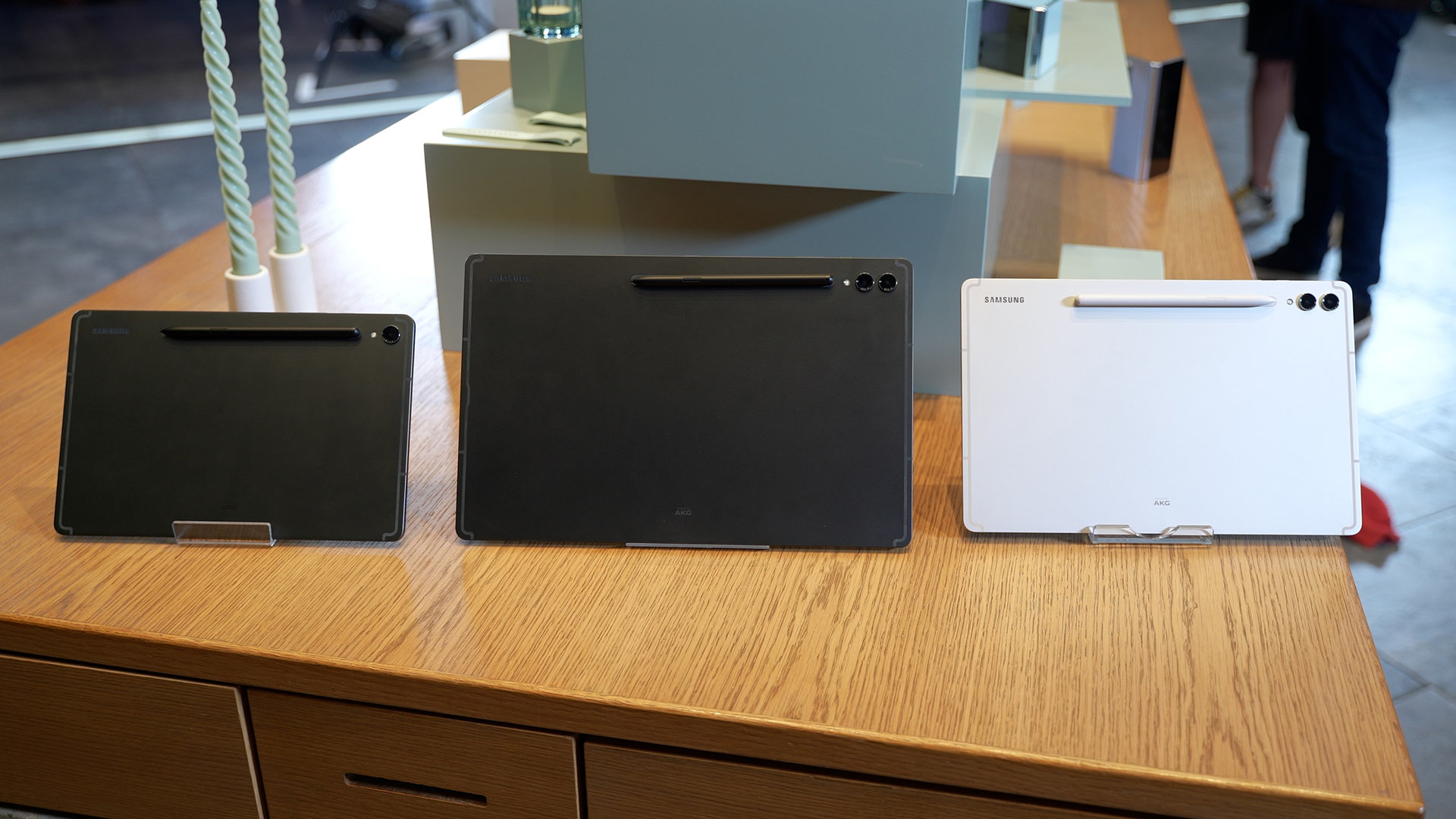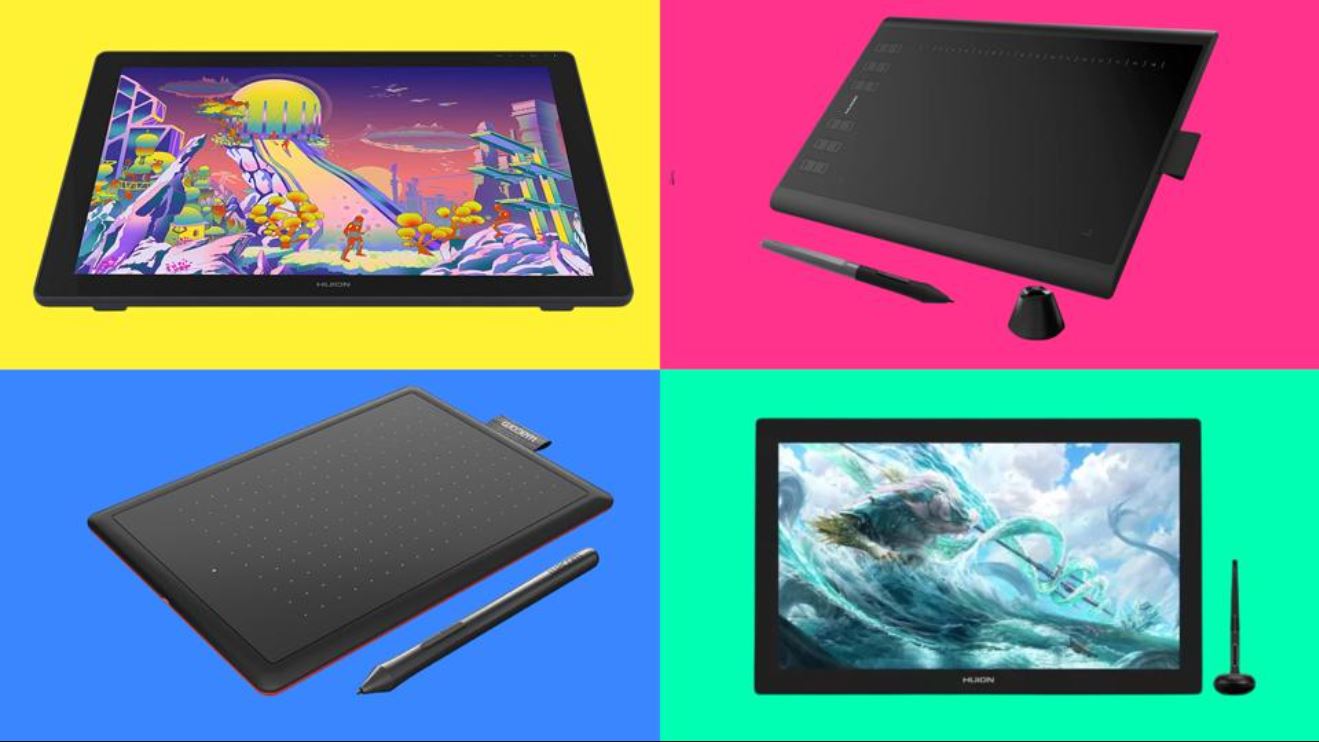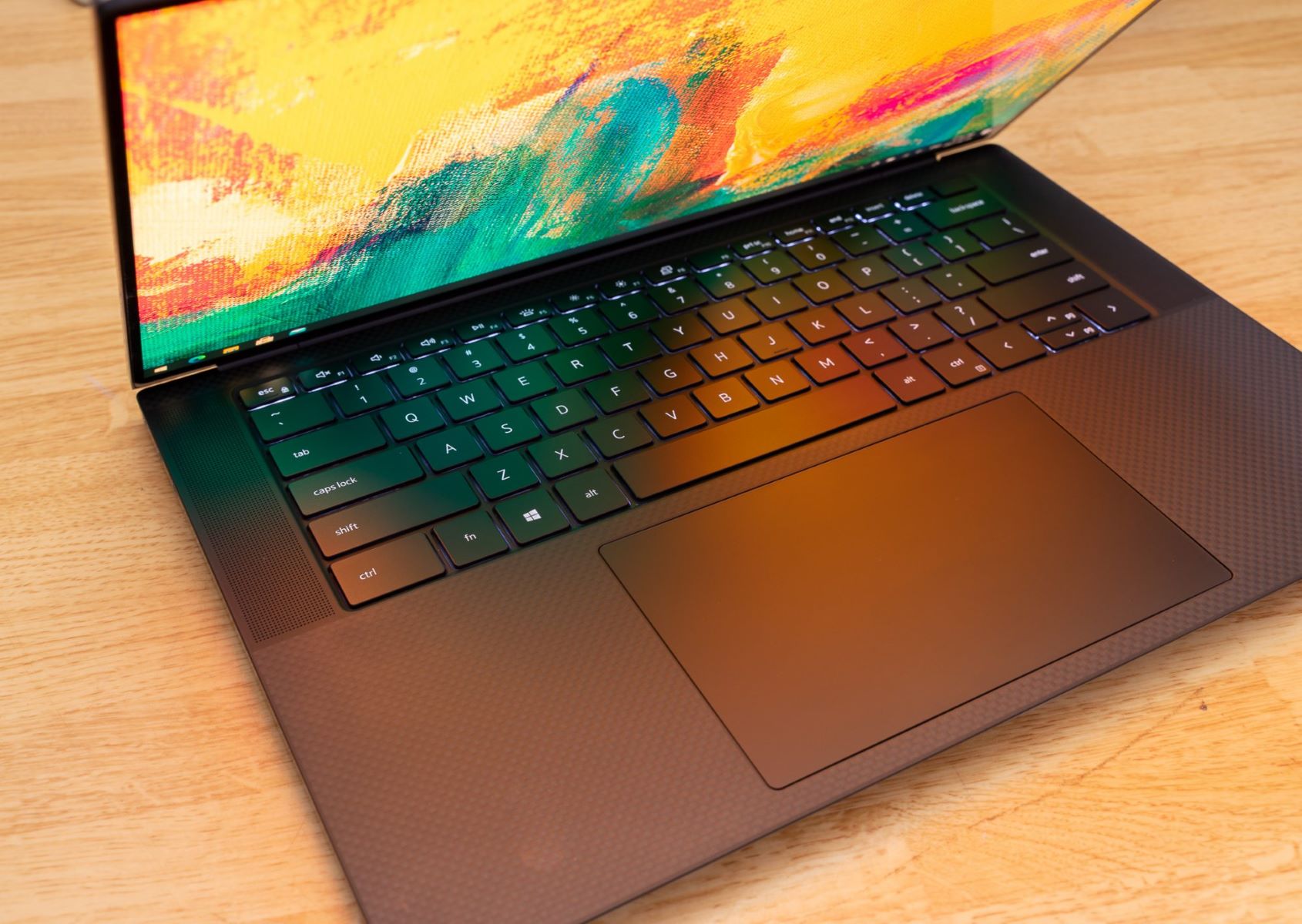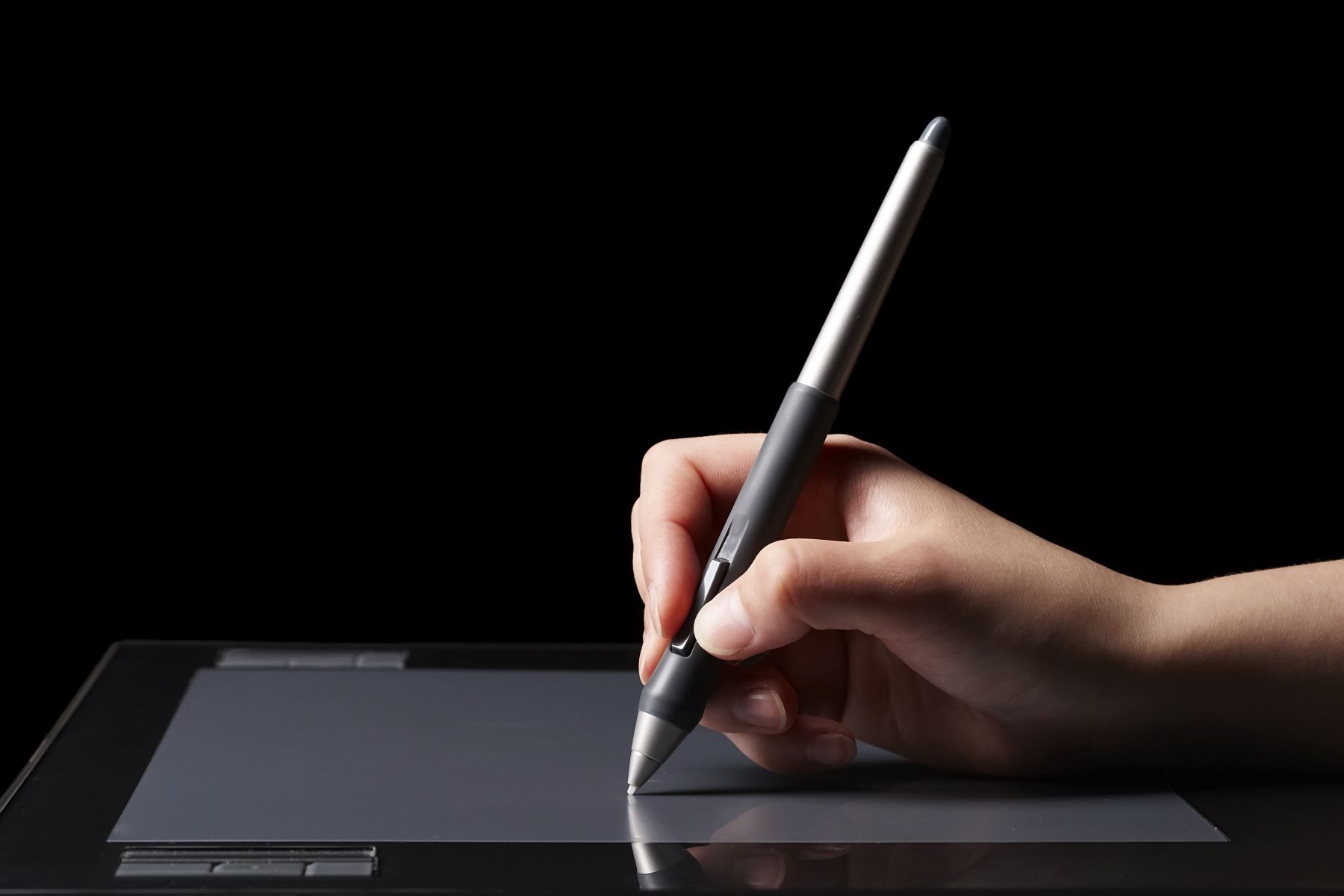Introduction
Stylus pens have become indispensable tools for a wide range of digital activities, from artistic endeavors to precise note-taking and navigating touch-screen devices with enhanced accuracy. These innovative tools have revolutionized the way we interact with our devices, offering a natural and seamless experience that mimics the sensation of writing or drawing on traditional mediums. Understanding the mechanics behind stylus pens provides valuable insights into their functionality and the technology that drives their operation.
The intricate technology embedded within stylus pens enables users to engage with their devices in a manner that transcends the limitations of touch screens. By delving into the inner workings of these devices, we gain a deeper appreciation for the precision, sensitivity, and versatility that stylus pens offer. This article aims to unravel the complexities of stylus pen technology, shedding light on the components, communication methods, and crucial features that contribute to their remarkable functionality.
As we embark on this exploration of stylus pens, we will uncover the remarkable engineering that underpins these devices, demystifying the mechanisms that enable them to seamlessly translate physical input into digital commands. Join us as we embark on a journey to unravel the captivating world of stylus pen technology, gaining a newfound appreciation for these indispensable tools that have seamlessly integrated into our modern digital lifestyles.
Understanding the Technology Behind Stylus Pens
At the core of stylus pen technology lies the intricate fusion of hardware and software, meticulously designed to replicate the tactile experience of writing or drawing on physical surfaces while seamlessly interacting with digital devices. The fundamental principle governing the operation of stylus pens revolves around the conversion of physical input into digital signals, facilitated by an array of sophisticated components and innovative engineering.
The technology embedded within stylus pens encompasses a diverse range of sensors, circuitry, and software algorithms, all harmoniously orchestrated to deliver a responsive and intuitive user experience. Capacitive stylus pens, for instance, leverage the conductive properties of the user’s touch to register input on the device’s screen, while active stylus pens incorporate advanced electronics to enhance precision and functionality.
Moreover, the integration of pressure sensitivity technology has revolutionized the capabilities of stylus pens, enabling users to vary line thickness and shading effects based on the applied pressure, akin to traditional artistic tools. This feat is achieved through the utilization of pressure-sensitive sensors within the stylus, which meticulously capture and interpret the nuances of pressure exerted during drawing or writing, resulting in a nuanced and expressive digital output.
Furthermore, the seamless communication between stylus pens and devices is facilitated by a combination of wireless technologies, such as Bluetooth or electromagnetic resonance (EMR), allowing for real-time data transmission and synchronization. This intricate interplay of hardware and software empowers stylus pens to deliver a responsive, accurate, and immersive interaction with digital interfaces, transcending the constraints of conventional touch input.
As we unravel the technological intricacies underpinning stylus pens, we gain a profound understanding of the engineering marvels that enable these devices to seamlessly bridge the physical and digital realms, enriching our creative endeavors and productivity with unparalleled precision and fluidity.
Components of a Stylus Pen
A stylus pen comprises an array of meticulously engineered components that synergistically contribute to its remarkable functionality, culminating in a seamless and intuitive user experience. At the heart of a stylus pen lies a precision-engineered tip, often crafted from durable materials such as conductive rubber or specialized composites, designed to replicate the tactile sensation of traditional writing instruments while facilitating smooth interaction with touch screens.
The core components of an active stylus pen typically encompass an advanced digitizer, which serves as the sensory interface between the pen and the device’s screen, meticulously capturing and interpreting the nuances of the user’s input. This digitizer is complemented by an intricate array of pressure-sensitive sensors, strategically embedded within the stylus to detect and translate variations in pressure into digital commands, empowering users to create nuanced and expressive strokes with unparalleled precision.
Furthermore, the integration of wireless communication modules, such as Bluetooth or electromagnetic resonance (EMR) technology, enables seamless connectivity between the stylus pen and the host device, facilitating real-time data transmission and synchronization. This wireless synergy empowers users to engage with their devices in a fluid and unencumbered manner, fostering a natural and immersive digital interaction.
The ergonomic design of a stylus pen is another pivotal component, meticulously crafted to ensure optimal comfort and control during prolonged use. From the contoured grip to the balanced weight distribution, every aspect of the stylus pen’s physical design is meticulously engineered to harmonize with the user’s natural dexterity, fostering a fatigue-free and intuitive drawing or writing experience.
As we dissect the components of a stylus pen, we gain a profound appreciation for the intricate amalgamation of cutting-edge technology, ergonomic design, and precision engineering that converge to deliver a tool that transcends the conventional boundaries of digital interaction, empowering users to unleash their creativity and productivity with unparalleled finesse and fluidity.
How Stylus Pens Communicate with Devices
The seamless and responsive interaction between stylus pens and digital devices is facilitated by a sophisticated framework of communication protocols and wireless technologies, empowering users to engage with their devices with unparalleled precision and fluidity. Active stylus pens, in particular, leverage advanced communication mechanisms to establish a dynamic and real-time connection with the host device, enabling a seamless exchange of input and feedback.
One of the prevalent communication methods employed by active stylus pens is Bluetooth technology, which enables wireless connectivity and data transmission between the stylus and the device. This wireless synergy allows for instantaneous and bidirectional communication, ensuring that the user’s input is accurately captured and translated into digital commands with minimal latency, fostering a natural and immersive user experience.
Furthermore, electromagnetic resonance (EMR) technology has emerged as a prominent communication framework for stylus pens, particularly in devices equipped with electromagnetic digitizers. EMR facilitates a high-fidelity exchange of data between the stylus and the digitizer, capturing the subtlest nuances of the user’s input with exceptional precision and responsiveness. This technology enables stylus pens to deliver a level of accuracy and fluidity that mirrors the experience of traditional artistic tools, transcending the limitations of conventional touch input.
The communication between stylus pens and devices extends beyond the transmission of basic input data, encompassing advanced features such as palm rejection and tilt recognition. These capabilities are made possible through the seamless exchange of contextual information between the stylus and the device, allowing for intuitive and dynamic interaction that adapts to the user’s natural gestures and preferences.
As we unravel the intricate communication mechanisms underpinning stylus pens, we gain a profound understanding of the seamless synergy between hardware and software, culminating in a user experience that transcends the conventional boundaries of digital interaction. This harmonious interplay empowers users to unleash their creativity and productivity with unparalleled precision and finesse, fostering a seamless convergence of the physical and digital realms.
The Importance of Pressure Sensitivity in Stylus Pens
Pressure sensitivity stands as a pivotal feature in stylus pen technology, revolutionizing the creative and productive potential of digital interaction by imbuing users with the ability to exert nuanced control over their artistic and written expressions. This innovative capability enables stylus pens to emulate the tactile experience of traditional artistic tools, empowering users to vary line thickness, shading effects, and stroke dynamics based on the applied pressure, thereby fostering a remarkably expressive and immersive digital experience.
The integration of pressure-sensitive sensors within stylus pens enables them to meticulously capture and interpret the subtle variations in pressure exerted by the user during drawing or writing, translating these nuances into digital commands with exceptional fidelity. This seamless translation of physical input into digital output empowers users to imbue their creations with a level of expressiveness and dynamism that transcends the constraints of conventional digital interaction, fostering a natural and intuitive creative process.
Moreover, the importance of pressure sensitivity extends beyond artistic endeavors, permeating into the realm of precise note-taking, diagramming, and annotation. By harnessing the nuanced control afforded by pressure sensitivity, users can effortlessly vary the thickness and opacity of their annotations, emulate the subtleties of handwriting, and imbue their digital notes with a level of authenticity and character that mirrors the experience of pen and paper.
Furthermore, pressure sensitivity technology enriches the productivity and precision of stylus pens in tasks such as digital signatures and intricate design work, empowering users to exert fine control over their input with unparalleled accuracy and finesse. This transformative capability transcends the conventional boundaries of digital interaction, fostering a seamless convergence of the physical and digital realms, and empowering users to unleash their creativity and productivity with unparalleled fluidity and expressiveness.
The Role of Stylus Pen Tips
The stylus pen tip stands as a pivotal component that profoundly influences the user experience, serving as the interface between the physical input exerted by the user and the digital translation of that input on the device’s screen. Meticulously engineered to replicate the tactile sensation of traditional writing instruments while facilitating precise and fluid interaction with touch screens, stylus pen tips encompass a diverse array of designs and materials, each tailored to deliver specific performance characteristics and user preferences.
One of the prevalent materials used in stylus pen tips is conductive rubber, renowned for its responsiveness and durability. These tips facilitate smooth and accurate interaction with touch screens, ensuring that the user’s input is meticulously captured and translated into digital commands with exceptional fidelity. The tactile feedback offered by conductive rubber tips emulates the sensation of writing or drawing on paper, fostering a natural and intuitive user experience that transcends the limitations of conventional touch input.
Moreover, specialized composite materials are employed in the construction of stylus pen tips, offering enhanced durability and precision. These composite tips are engineered to withstand prolonged use without compromising on responsiveness, ensuring that users can engage with their devices with unwavering accuracy and finesse. The ergonomic design of these tips harmonizes with the user’s natural dexterity, fostering fatigue-free and immersive interaction with the digital interface.
Additionally, the advent of interchangeable tips has empowered users to customize their stylus pens based on their unique preferences and creative endeavors. From fine-point tips that emulate the precision of traditional pens to brush tips that replicate the expressive strokes of artistic brushes, the versatility of interchangeable tips enriches the creative and productive potential of stylus pens, enabling users to adapt their tools to suit a diverse range of tasks and artistic styles.
As we delve into the multifaceted role of stylus pen tips, we gain a profound appreciation for the meticulous engineering and ergonomic design that underpin these essential components, culminating in a user experience that seamlessly bridges the physical and digital realms. The harmonious interplay between stylus pen tips and touch screens empowers users to unleash their creativity and productivity with unparalleled precision and finesse, fostering a seamless convergence of traditional and digital artistic expression.
Conclusion
As we unravel the intricate mechanics and technological marvels that underpin stylus pens, we gain a profound understanding of the seamless convergence of traditional and digital interaction, fostering a user experience that transcends the conventional boundaries of creative expression and productivity. The fusion of precision engineering, advanced sensors, and wireless communication technologies empowers stylus pens to deliver a remarkably intuitive and immersive interaction with digital devices, enriching artistic endeavors, note-taking, and intricate design work with unparalleled finesse and expressiveness.
From the seamless communication facilitated by Bluetooth and electromagnetic resonance (EMR) technologies to the transformative capabilities of pressure sensitivity, stylus pens have redefined the paradigms of digital interaction, empowering users to unleash their creativity and productivity with unmatched precision and fluidity. The pivotal role of stylus pen tips, meticulously crafted from conductive rubber or specialized composites, serves as the tactile interface that harmonizes the user’s physical input with the digital translation, ensuring a responsive and natural user experience that mirrors the sensation of traditional artistic tools.
As we navigate the intricate landscape of stylus pen technology, we are propelled into a realm where the physical and digital realms seamlessly converge, fostering a user experience that transcends the limitations of conventional touch input. The transformative impact of stylus pens transcends artistic expression, permeating into the realms of productivity, precision, and intuitive interaction, empowering users to engage with their devices with unparalleled finesse and expressiveness.
In essence, stylus pens stand as testaments to the remarkable synergy between human creativity and technological innovation, bridging the gap between traditional and digital mediums to deliver a user experience that transcends the confines of conventional interaction. As these indispensable tools continue to evolve and redefine the boundaries of digital expression, they will undoubtedly empower users to embark on a journey of creativity and productivity that knows no bounds, fostering a seamless convergence of the physical and digital realms.







